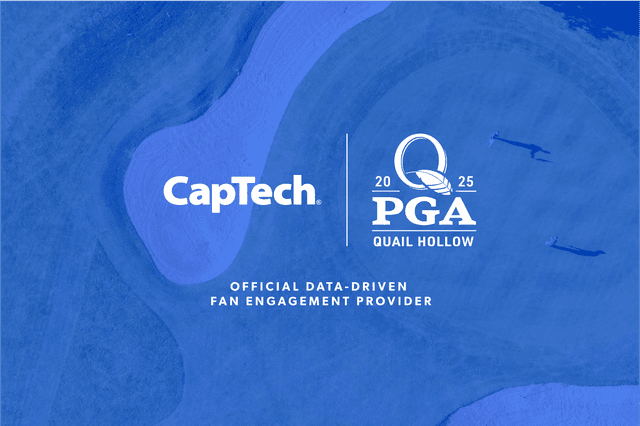Blog August 2, 2017
Challenges and Solutions for State and Local Governments: Orienting the Design Process to Citizen needs; Humanizing the Citizen Experience; and Promoting Brand Awareness




As state and local governments tackle modernizing their online presence to improve citizen and stakeholder experience, they face many challenges. Three common issues include orienting the design process to citizen needs, humanizing the citizen experience, and promoting brand awareness.
Orienting the Design Process to Citizen Needs
Five years ago, it wasn't unusual to find commercial as well as public websites that offered only limited mobile functionality. But many private-sector websites today offer a full range of functionality for both mobile devices and desktops. The public sector hasn't kept pace. A CapTech analysis recently found that more than a quarter of state government sites aren't mobile-friendly.
Yet many citizens, including lower-income individuals, may prefer to view websites via smartphone than desktop. With that in mind, a state or county social services agency, for example, might find it more fruitful to design "mobile-first" experiences. Agencies will need to consider such questions explicitly before designing and building websites and developing content.
However, the growing demand for responsive websites doesn't mean that governments should race to adopt an exclusively mobile-first strategy. The key is to think about the audience that the organization is trying to reach and ensure that the design process is oriented to that audience and to the way the audience consumes content.
Humanizing the Citizen Experience
Citizens, businesses, and other stakeholders expect state, county, and municipal governments to deliver digital experiences on par with those delivered by Fortune 500 companies, where the watchwords "customer first" are guiding the transformation of customer touchpoints, including websites.
Many businesses and citizens are dissatisfied with some government agencies because they feel they simply haven't come to view them as important customers. Far from putting customers first, these organizations design, develop, build, and operate websites with an eye to the internal organizational chart, not the individual or business.
Humanizing the citizen experience means assessing everything - from the landing page to the experience - from the viewpoint of the citizen.
Promoting Brand Awareness
Whether government entities are aware of it or not, they have a brand, and their websites convey it. Design, layout, fonts, logos, art, and other visual elements play important parts in conveying the brand and in shaping citizens' impressions. Poorly conceived design makes sites difficult to navigate and search while conveying an image of indifferent bureaucracy.
However, branding is more than an aesthetic consideration. When constituents who are put off by a website decide instead to engage with government employees in person or via phone calls and letters, one result is an increase in costs, errors, handoffs, and other inefficiencies. In contrast, when constituents gravitate to the website and enjoy using it, such issues decline.
Nonetheless, relatively few government entities have made significant investments in infusing their sites with personality or brand sentiment. Instead, these websites tend to be dry in color treatment, visual design, and the way information is organized and populated on the page. Such sites do not convey the image of an organization comprising people who are eager to help constituents accomplish their objectives.
CapTech's analysis of the 50 states' websites found that only 29 had a modern design. CapTech also assessed the websites of 50 U.S. cities - focusing on the state capital or the largest city in each state - and found that only 28 had a modern design.
We recommend government entities follow the private sector's lead in promoting brand awareness. Many private-sector firms have invested in processes that help these firms discover and define what they want to be. These determinations are then applied to the design of websites. Visual layout, fonts, the organization of information, and other design elements bring the brand to life.
CapTech has recently published a white paper, "Creating a Modern Web Presence: Challenges and Solutions for State and Local Governments," which highlights the key issues governments face as they seek to interact more effectively with constituents in an increasingly digital world. The white paper suggests pragmatic steps governments can take in addressing these challenges to modernize their web presence cost-effectively. Click here to view the full white paper.

